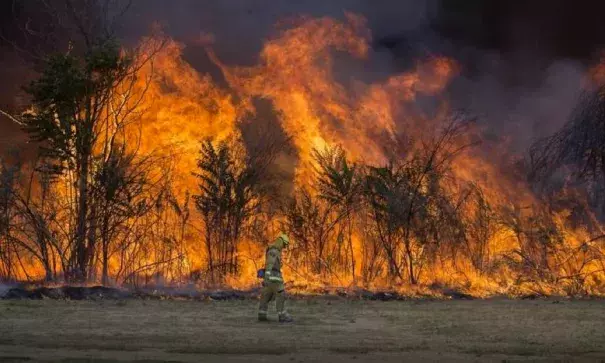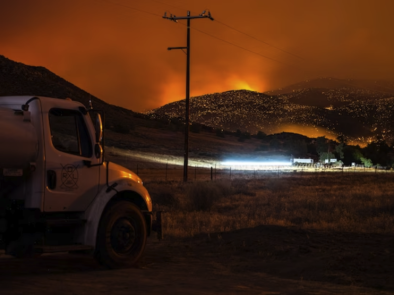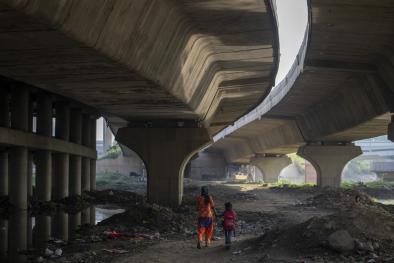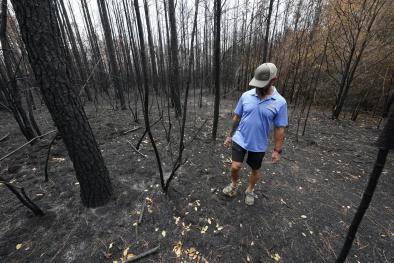Climate change could burn a hole in the Forest Service’s budget

Climate change appears to be fueling more wildfires as forest service officials are increasingly concerned they don’t have the funds to effectively handle another devastating season.
...
In 1995, 16 percent of the Forest Service was dedicated to fire, according to a 2015 agency report. Now, it’s more than half. Tidwell said the Forest Service predicts that fire programs will be 67 percent of the budget by 2025. In an op-ed in July of last year, Tom Vilsack, former secretary of agriculture, the agency that runs the Forest Service, lamented that the agency was becoming “the Fire Service.”
Some experts say that’s because active fire seasons are becoming more and more common due to climate change.
“Big fires occur when it’s warm and dry, that doesn’t take rocket science to figure out,” said John Abatzoglou, an associate professor in the department of geography at the University of Idaho. He co-authored a study last year linking human-caused climate change to the increased threat of wildfires.
Abatzoglou said prolonged periods of drought and low humidity, the “ingredients” for a wildfire, have become more common in recent years, a trend that is likely to persist. He said about half of the increase in “fuel aridity” — a measure of the dryness of forests that indicates higher fire risk — can be attributed to human activity.
In a statement, Jennifer Jones, a spokesperson for the Forest Service said fire suppression has become more difficult due to a number of factors including the need to protect the increasing number of homes in wildfire areas, hazardous fuel buildups, drought and longer fire seasons.
The Forest Service acknowledged the impact of climate change in a 2015 report, issued during the Obama administration. It found, “Climate change has led to fire seasons that are now on average 78 days longer than in 1970. The U.S. burns twice as many acres as three decades ago and Forest Service scientists believe the acreage burned may double again by mid-century.”
Related Content






